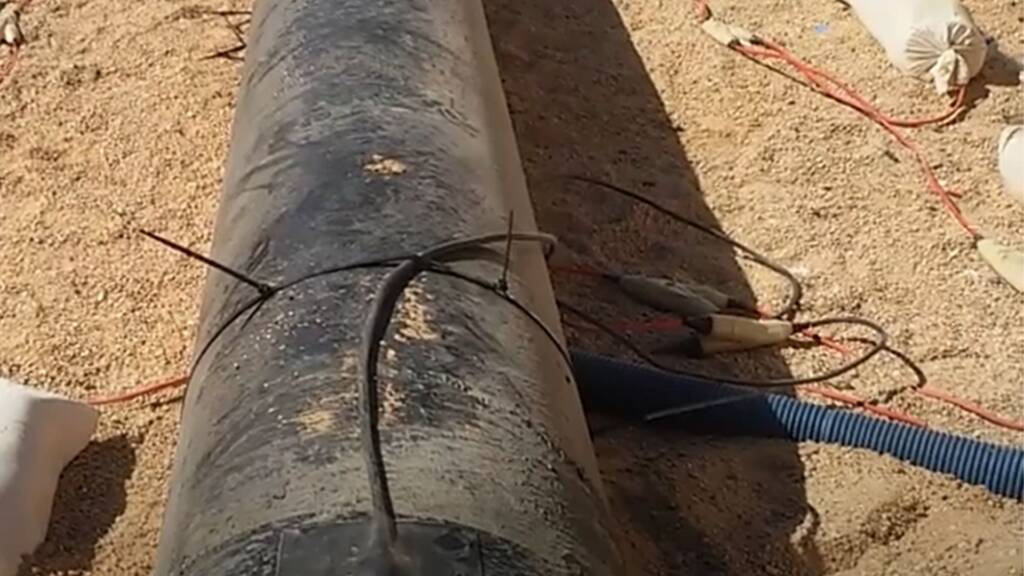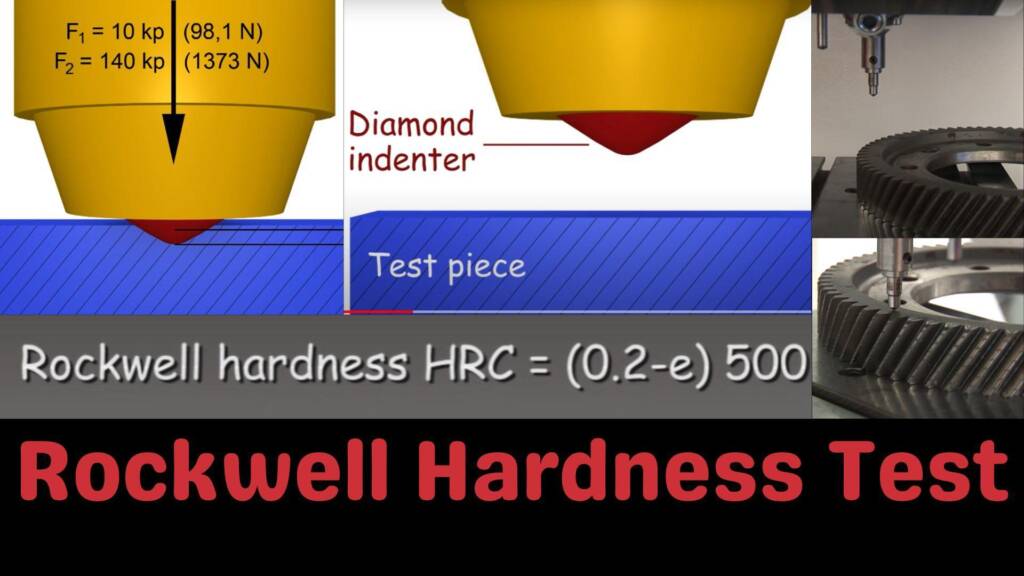Cathodic Protection on pipeline
Cathodic protection is a great way to protect and extend the lifespan of your pipeline. It involves using an external power source, such as a galvanic anode or external rectifier, to reduce corrosion and increase the durability of your pipeline. Learn about the benefits that cathodic protection can offer and how it can help keep your pipeline safe and secure.
Cathodic protection is a technique used to protect pipelines and other conductive materials from corrosion. The process works by using a form of electrochemical oxidation, which helps to divert the naturally occurring destructive chemical reactions away from the material it is protecting. It can be achieved through two types of cathodic protection: galvanic anode and impressed current cathodic protection. Electrical energy is used as a protective measure on pipelines by providing cathodic protection. Cathodic protection involves the use of anodes placed in the same electrolyte environment as the metal to be protected, which sends out a protective current flow. This current helps control corrosion by discharging onto the metal surface, creating a continuous circuit between the anode and metal that must remain unbroken for the cathodic protection current to properly protect against corrosion.
How cathodic protection works in pipeline
Cathodic protection (CP) is a corrosion prevention technique that can be used to protect buried pipelines from electrochemical corrosion. It works by introducing an electric current of a negative voltage near the area of the pipe where corrosion needs to be prevented, resulting in an electrochemical reaction that prevents corrosion from occurring. This electrical current also helps create a coating on the surface of the pipe, further preventing it from corroding. There are two methods for cathodic protection, and both have its own working principle below describe.
Types of cathodic protection
Cathodic protection is a method of mitigating corrosion of metals by applying an electric current to the metal surface. There are two main types of cathodic protection: galvanic anode and impressed current cathodic protection. Galvanic anode utilizes galvanic reaction to generate electric current, while impressed current cathodic protection uses an external power supply to deliver electric current at the protected metallic structure.
Galvanic anode cathodic protection (GACP)
Galvanic anode cathodic protection (GACP) is a method used to protect steel and other metals from corrosion. It works by connecting the metal to be protected (“cathode”) to a more active metal (“anode”), such as zinc, aluminum, or magnesium. The current generated by this connection then flows through the electrolyte onto the steel surface, providing protection from corrosion. You may have heard these anodes referred to as “sacrificial anodes” since they sacrificially corrode away instead of the steel. GACP can also be identified by its acronym SACP or GACP in literature and documents.
Impressed current cathodic protection (ICCP)
Impressed current cathodic protection (ICCP) is a form of corrosion protection for metals and other conductive materials that involves supplying a direct current (DC) power source between the metal being protected and the anode. Unlike galvanic anode cathodic protection (GACP), which relies on the corrosion of the anode material to generate the cathodic protection current, ICCP uses an external DC power source such as a transformer rectifier, solar panel, gas or diesel engine generator, or thermo-electric device. The negative pole of the DC power source is connected to the protected metal while the positive pole is connected to one of a variety of anode materials, such as scrap steel, high silicon iron, mixed metal oxides coated onto titanium, graphite, magnetite, lead, platinum-coated titanium or niobium. The cathodic protection current then flows from the anode through the electrolyte and onto protected metal.
Increase Pipelines Lifespan
One of the primary benefits of using cathodic protection on pipelines is that it can significantly increase its lifespan. The process helps reduce corrosion and deterioration, allowing the pipeline to maintain its structural integrity and continue to operate at peak performance for longer periods of time. With regular inspection and maintenance, your pipeline can last many years with the help of cathodic protection.
Increases Corrosion Resistance
Cathodic protection helps prevent corrosion from damaging pipelines by applying an electric current to the metal. This causes the protective layer of passive film on the surface of the metal to be recharged and become more resistant to corrosion. By making the metal more resistant, it can better withstand pressure, temperature fluctuations and other environmental factors that would normally cause it to corrode or rust. As a result, cathodic protection can help extend the useful life of a pipeline and reduce repair costs.
Cost saving for Long-Term
One of the major benefits of cathodic protection is that it can help you save money in the long run. By protecting against corrosion, cathodic protection can extend a pipeline’s lifespan and help to prevent costly repair or replacement costs down the line. In addition, by using this technique, you can reduce your energy costs since less energy will be required to keep the pipeline operating properly.
Pipe line Monitoring and Maintenance
Cathodic protection also helps with pipe line monitoring and maintenance. This technique can detect when corrosive activity is occurring in the pipes, allowing you to take swift action to rectify the problem. This means that any potential issues can be addressed quickly before they become serious, which could end up saving you time and money in the long run. Plus, regularly checking your pipeline is important for ensuring its safety and performance.
Improved System Safety and Reliability
Cathodic protection systems are effective at preventing corrosion, which is a major cause of failure in pipelines. With this system in place, pipelines can operate safely and reliably while having an extended lifespan. Additionally, cathodic protection helps protect the integrity of the pipes by forming a protective coating on the surface and neutralizing any corrosive material present. This ensures that your pipeline has superior durability and is less likely to experience costly problems in the future.
Understanding Galvanic or Bimetallic Corrosion
Cathodic protection is a corrosion prevention method applied to pipelines. It uses an electrical current to protect the pipeline and stop corrosion. The process works by using two dissimilar metals that, when in contact with each other, can create an electric current which will be diverted away from the protected pipe, protecting it from bimetallic corrosion which would otherwise occur. Essentially, one metal sacrifices itself while protecting the other, allowing the pipeline to be protected.
Cathodic protection is an effective way to protect pipelines from corrosion, by using an electrochemical process. Cathodic protection works by creating a potential difference between two metals in order to drive electrons from the anode (more negative metal) to the cathode (more positive metal).The electrons travel from the anode to the cathode, and as they do so, oxidation occurs at the anode, causing it to corrode. Meanwhile at the cathode, reduction occurs which helps protect it further.
Cathodic protection is an effective means of protecting buried pipelines from corrosion. This technique utilizes a sacrificial metal to act as the anode, which holds a more negative electrode potential and becomes oxidized while the pipeline remains cathodic and unoxidized. The metals used in cathodic protection systems are arranged according to their position on the galvanic series – metals higher up on the list tend to be more anodic (electronegative) while those lower down are more cathodic (electropositive). As such, the greater the distance between two metals on the galvanic series, the greater the potential difference between them and thus, the more corrosive they are likely to be.
Why is cathodic protection needed for pipelines?
Cathodic protection is a corrosion prevention measure used to maintain the structural integrity of metal structures, such as steel pipelines. By applying a low electrical current, it reduces or eliminates the corrosion that would otherwise occur over time due to environmental factors like acidic soil or seawater. This method has been utilized since the 1930s and is one of the most effective ways to protect steel pipelines from premature wear and damage.
how to test cathodic protection on pipelines
It is essential to routinely test cathodic protection systems in order to maintain corrosion protection for pipelines. This testing will confirm that cathodic protection is able to achieve its objectives and also detect any repairs that may be needed. Regular testing of the system should be scheduled in order to ensure proper operation, avoid corrosion damage, reduce repair costs, and remain compliant with regulations.
Contractor offer Services and supply
Cathodic protection is a method of protecting pipelines from corrosion. It uses the electrical current produced naturally in pipelines to prevent corrosion and help ensure the durability, integrity, and safety of the pipeline. Our experts have the expertise to understand the specific characteristics of each pipeline project, be it new construction, restoration, or regular maintenance.
Cathodic protection is a type of anti-corrosion technology used to protect pipeline infrastructure from the effects of corrosion. This technology works by using an electrical current in order to create an electrochemical reaction on the surface of the pipe, which prevents metal loss and other forms of corrosion damage that can occur over time. Corrosion Service offers comprehensive cathodic protection systems tailored to meet our customers’ individual requirements.
Cathodic protection is a critical part of pipeline integrity management, preventing corrosion and protecting pipelines from damage. The National Association of Corrosion Engineers certifies our engineering staff at various levels, ensuring that they are qualified to provide the highest level of service for pipeline cathodic protection projects. Our team of experts are available in several North American locations to offer front line engineering expertise, project management support and field services.



